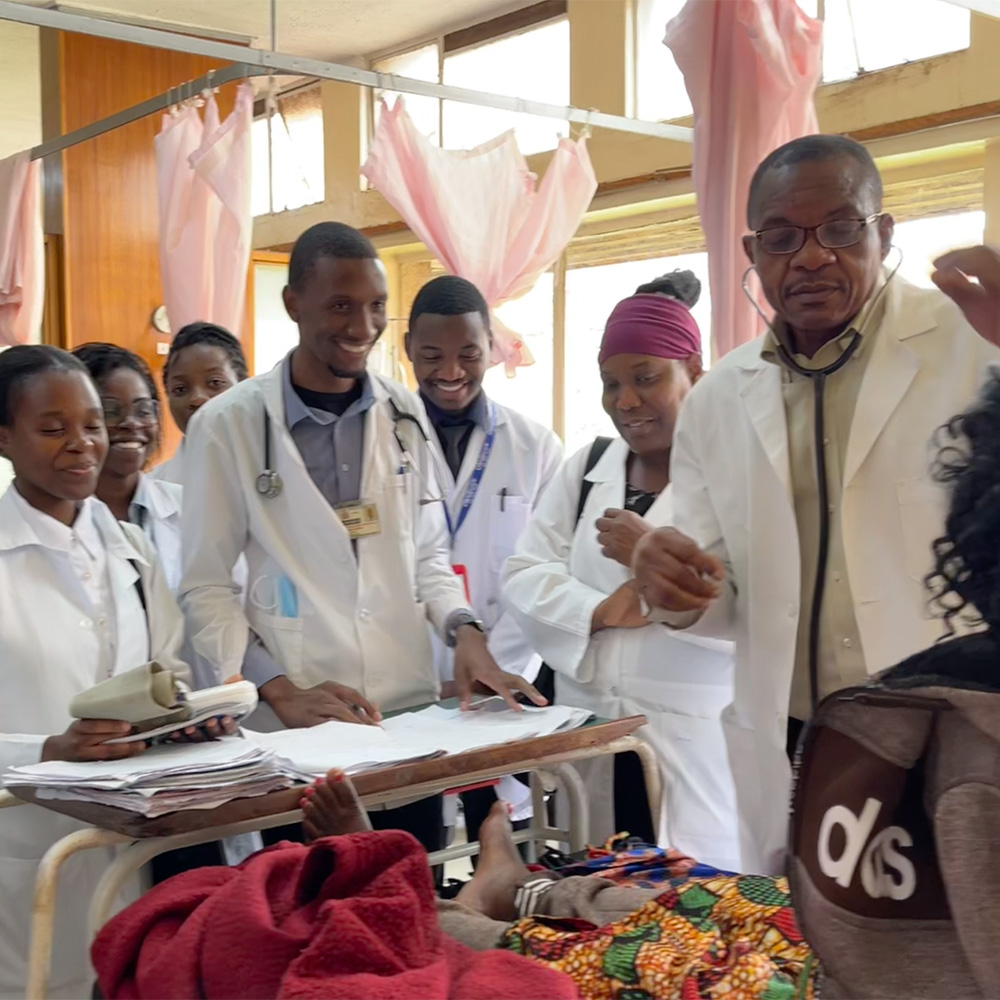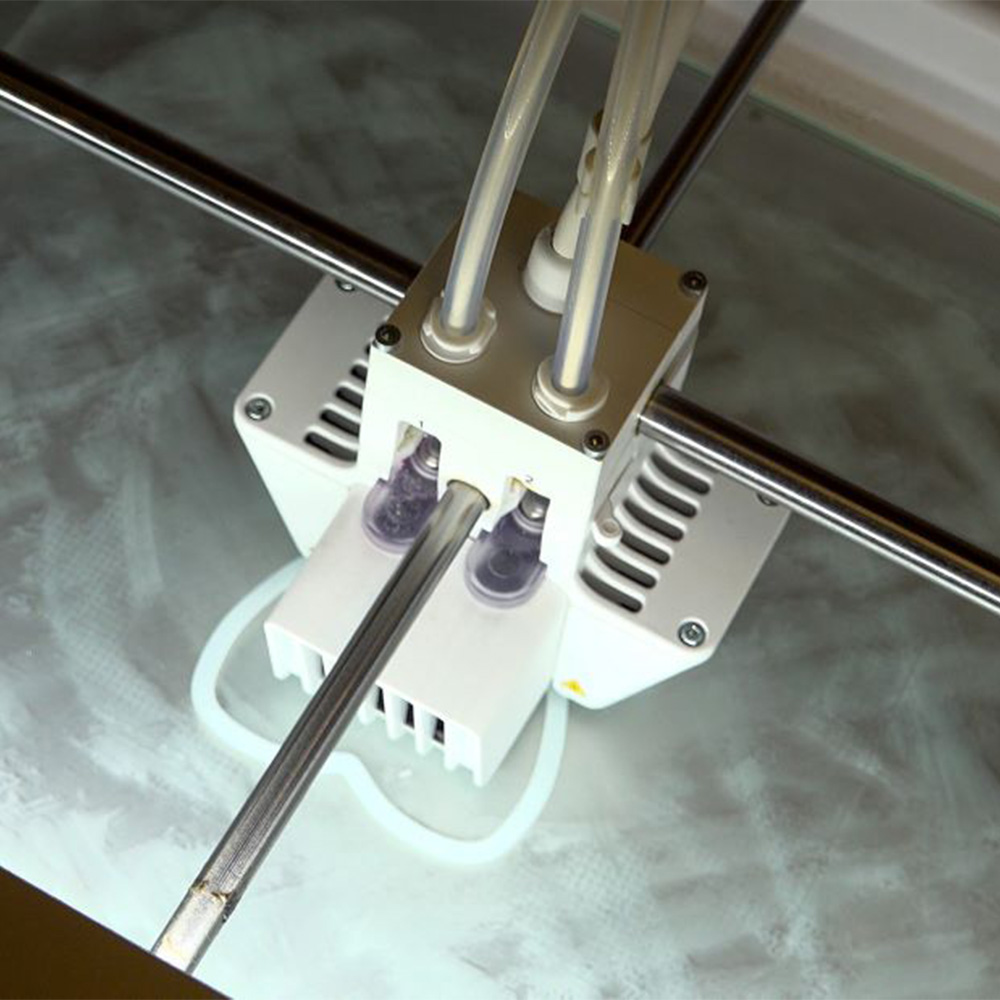Cardiologist seeks to end blow-to-chest deaths in teen athletes

DALLAS – March 14, 2017 – It’s a rare, but tragic, event that occurs less than 20 times a year: Teen athletes who are struck in the chest by a ball, causing their heart to stop. And it can be instantly fatal.
But as another baseball season gets underway, new standards for chest protectors will come into play designed to stop this rare phenomenon – called commotio cordis – based on findings by Dr. Mark Link, a UT Southwestern Medical Center cardiologist who has searched for answers for the past two decades.
Commotio cordis, which is Latin for “agitation of the heart,” is the second most common cause of sudden death in athletes, most often affecting teenage boys. Commotio cordis occurs when a healthy heart is stopped suddenly by a chance blow to the chest in between heartbeats.
The blow causes the heart to go into ventricular fibrillation, which is an uncoordinated quivering, and unless the heart is quickly shocked back into coordinated movement, the individual will die.
“One of the major goals of the work with commotio cordis was to determine how much stopping force would be needed to prevent this tragic condition and to develop a mechanical surrogate that could assess the ability of chest protectors. I believe we’ve achieved this goal,” said Dr. Link, Professor of Internal Medicine, who recently joined the UT Southwestern faculty from Tufts University, where he had been researching ways to better understand and prevent commotio cordis in young athletes.
Commotio cordis is known to cause 15 to 20 deaths a year, though the numbers are probably higher because of unrecognized and unreported incidents, Dr. Link said. Some 95 percent of cases occur in males, with the lion’s share of cases occurring in teenagers. There’s a drop-off at age 20.
“It’s thought that the age-dependent risk is due to hardening of the chest wall that occurs as you get older, as well as a decline in participation in sports played with balls after high school,” Dr. Link said.
The majority of incidents occur while youths are playing baseball, though other sports involving hard projectiles, such as hockey, lacrosse, and soccer, can be involved.
Dr. Link’s interest in commotio cordis began when he was a cardiology fellow at Tufts University. Using an accelerometer, high-speed cameras, and pressure monitors, Dr. Link determined that for balls thrown at 30 mph, a force attenuation to less than 400 Newtons markedly decreased the risk of commotio cordis. For balls thrown at 50 mph, a force attenuation to less than 800 Newtons markedly diminished risk.
Preventing deaths from commotio cordis: If a young athlete is struck in the chest with a hard object and goes into ventricular fibrillation, it is imperative that cardiopulmonary resuscitation (CPR) begin immediately. Below are some tips from the National Athletic Trainers Association on preventing commotio cordis deaths:
Source: National Athletic Trainers Association |
Dr. Link joined forces with researchers at Wayne State University in Detroit, who because of their proximity to automakers had conducted a lot of automobile crash test research, to develop a mechanical model that could be used to assess the impact of blows to the heart. Their results were then validated at the Southern Impact Research lab, which works with the National Operating Committee on Standards for Athletic Equipment (NOCSAE), an organization that develops standards for athletic equipment, such as football helmets, and helped fund the research.
In early February, NOCSAE announced its new standards for chest protectors to prevent commotio cordis, based on the research, which was financed by grants from NOCSAE, Unequal Technologies, and The Louis J. Acompora Memorial Foundation. Tufts University and Dr. Link hold a patent on a chest protector developed by Dr. Link that is licensed to Unequal Technologies.
Chest protectors that now meet the NOCSAE standard will be so labeled.
“Scientists have pinpointed the exact cause of commotio cordis, including the critical moment of occurrence in the cardiac cycle and the required threshold to prevent the injury. These findings have allowed us to create a chest protector standard that will significantly reduce the risk of commotio cordis,” said NOCSAE Executive Director Mike Oliver.
Dr. Link said he’s delighted with the outcome after decades of research.
“It’s a terrible thing when a young life is lost so suddenly and unexpectedly, and I am pleased to see these efforts come to fruition and to know that lives of young athletes will be saved,” he said.
About UT Southwestern Medical Center
UT Southwestern, one of the premier academic medical centers in the nation, integrates pioneering biomedical research with exceptional clinical care and education. The institution’s faculty includes many distinguished members, including six who have been awarded Nobel Prizes since 1985. The faculty of almost 2,800 is responsible for groundbreaking medical advances and is committed to translating science-driven research quickly to new clinical treatments. UT Southwestern physicians provide medical care in about 80 specialties to more than 100,000 hospitalized patients and oversee approximately 2.2 million outpatient visits a year.
###
Media Contact: Cathy Frisinger
214-648-3404
cathy.frisinger@utsouthwestern.edu
To automatically receive news releases from UT Southwestern via email, subscribe at www.utsouthwestern.edu/receivenews.




